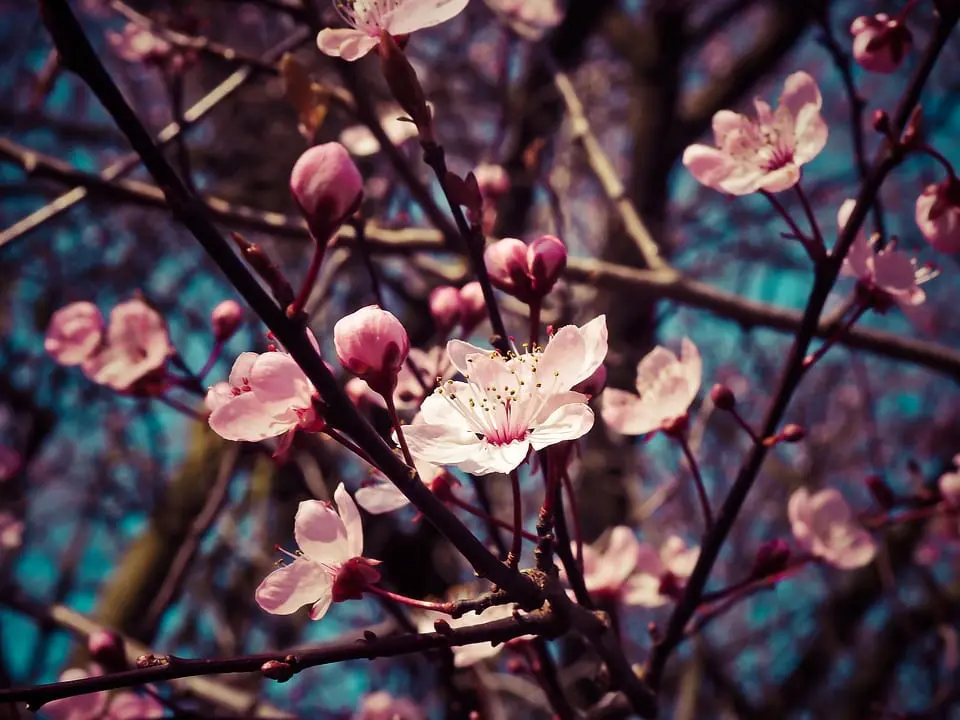The cultivation of certain plants allows us to supply a little of that wide market of food, medicine or simply raw material for articles.
Many depend on prior knowledge for its correct sowing and care, as well as on the way of obtaining what is sought from it. In this case we refer to the world-renowned Almond tree, this tree is recognized for its interesting process of pollination, flowering and its role in the history of great events in humanity.

This plant offers a lot and easily maintains a prevailing market for products derived from its oils , fruits and even its bark.
Many are the nuts used for countless things, from medicines to the gastronomic sector, since they maintain certain properties and flavors depending on their cultivation climate or its conditions, especially in the case of the almond tree, which is a plant that originates from a country with a very arid and desert climate (the current Syria, Persia and Palestine).
This offers a great variety of useful properties for the current market without the fear of demanding conditions for its cultivation and given the versatility that this type of plant presents with respect to Mediterranean climates, it has been possible to take advantage of its potential to establish a very well-stocked market of products that originate from this plant, such as for health (skin care or for certain superficial treatments), in chemistry for the creation of certain drugs given their anti-inflammatory and antiseptic properties , as well as for the gastronomic sector due to its very woody and soft flavor for the creation of desserts (which are mostly characteristic of Christmas due to its flowering season).
Knowing in depth about the process that the almond tree must go through in order to be commercially acceptable requires delving into a much more scientific scheme, so it is enough to explain a little about the things that have made this plant what it is today .
Index
- 1 Uses given to the Almond Tree
- 2 Type of flower and reproduction
Uses given to the Almond tree
Many of the markets that trade products of this origin (because to begin with we must talk about the origin of its commercial use ), there are records of the arrival of this plant in Mediterranean lands during the permanence of the
Greeks by the territory, although its commercial massification was not until the end of the 18th century and all thanks to the discoveries of botany and medicine of the time.
The theme of the medicinal almond tree has a great contribution as far as this matter is concerned, since this plant is antitoxic, hypotensive and hepatoprotective.
It also offers some properties that provide a great dermatological level, as well as can be used as a laxative, anti-inflammatory, healing and antispasmodic (bitter variant oil).
The milk or oil extracted from the same almond is an important component for the production of personal care and hygiene products. Although considering that the most used for these purposes is the bitter almond, which is more resistant and rich in nutrients for this type of application.
You should know that the Bitter Almond is a type of Almond that has many more opportunities to survive climate changes or the most adverse conditions for growth (the Mediterranean climate). This grafting process is mostly based on the consideration of certain species so that it can have good results.
We must also say that with the passage of time it has been possible to appreciate that the Almond tree has adapted perfectly to the climate, since one of the best almonds are the Spanish ones .
Flower type and reproduction
 Almond flowers are hermaphrodite and monoecious , since they have androecium and gynecology in the same flower and both sexes coincide in the same individual.
Almond flowers are hermaphrodite and monoecious , since they have androecium and gynecology in the same flower and both sexes coincide in the same individual.
Its inflorescence is racemose and grape-shaped, that is, the pedicellates are arranged along an axis. They are flowers that present homologous pieces at the same level of the floral axis, with two planes of symmetry and with well-differentiated calyx and corolla, so they are actinomorphic and heteroclitic cyclic flowers.
They have a fairly well developed perianth composed of a calyx and corolla. The calyx is made up of five red sepals welded together ; the dialyzed corolla has five equal free petals, arranged symmetrically in a very regular way, white or pale pink and fused only at the base.
Androceusa is made up of all the male organs of the flower called stamens. These are made up of a filament and an anther that is made up of two thecae. In each theca, there are two pollen pockets where the pollen grains are found.

